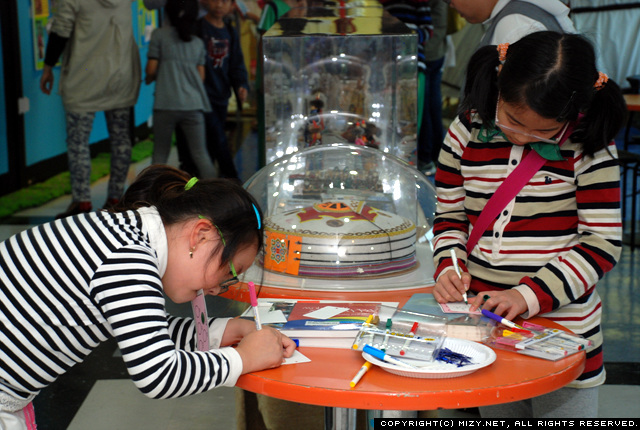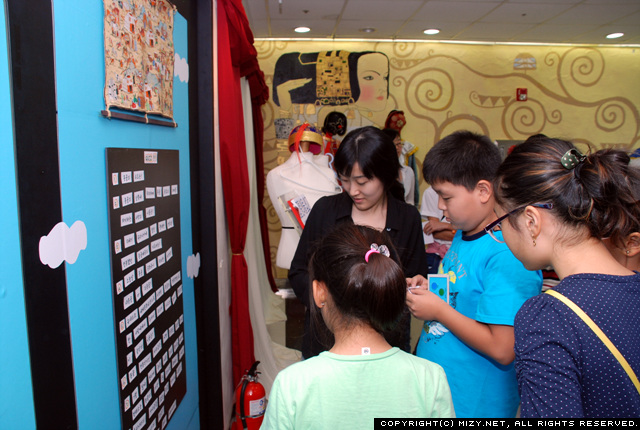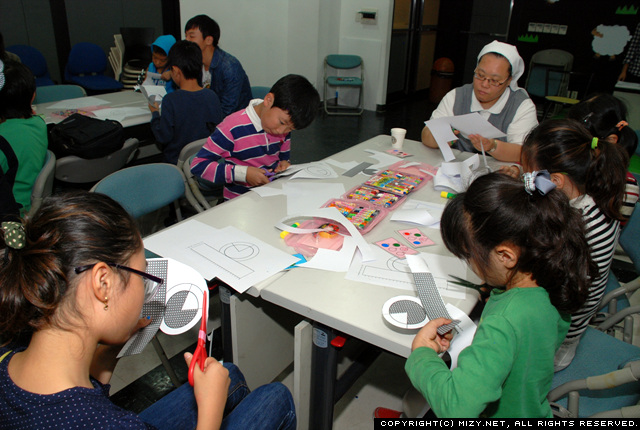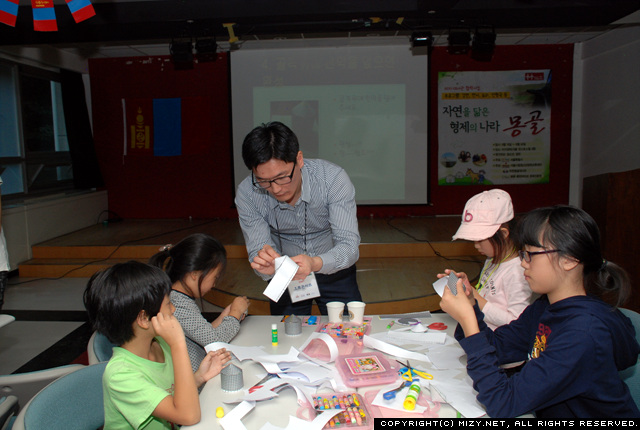Entry
The Entrance
I initially decided to visit the museum on September 12th because of its vast collection of valuable artworks. For a museum that boasts one of the largest collections of art in the world, the cost of admission is modest. Although the recommended fee is USD 25, it is up to the visitor to pay, or ‘donate’, whatever amount he or she wishes. The Metropolitan Museum of Art, or simply ‘the Met’, has over a million permanent artworks which are diverse in both time and culture. From the popular Arms and Armor collection to the American Painting and Sculpture, it is usually impossible for visitors to visit all of the galleries in one day without skimming over the artworks. I will be covering Egyptian art, Arms and Armor, European Paintings, European Sculpture, and Medieval Art in this article.
What the Pharos Made
"Masonry and Size"
For many of the visitors of the Met, the first exhibition they enter is the Egyptian Art Gallery. The Egyptian gallery, containing half of the museum’s artworks, is by far the largest of all the galleries. When I asked 20 visitors of all ages what struck them most from visiting the Egyptian Art Gallery, many of them replied “masonry and size.” Most of the Egyptian Art collection, apart from several textile works, is mainly composed of pottery, stone tools, and stone structures.
The same 20 visitors, when asked what part of the art gallery they would recommend to their friends and relatives, told me that the stone sculptures and tools were the most spectacular. “For me, it was amazing that such fine details in sculpture could be created in a time that lacked the fine tools we have today,” explained one of the 20 visitors. “It’s the sheer bulk and size of the statues that got me,” explained another visitor. Painted art by Egyptians is no less impressive; for one visitor, he “was able to get a lucid picture of ordinary Egyptian life.
Medieval Makes
"It's Jesus and God Everywhere."
Like Egyptian artworks, the medieval sculptures display excellent craftsmanship without modern tools or technology. However, unlike Egyptian works that use bulk to awe onlookers, medieval artworks impress audiences with small details present in medieval paintings and crafts. “After the fall of the Roman Empire, it is impressive to see that barbarism didn’t destroy art completely,” said a college student from Columbia. “It also shows how developed the human spirit is, despite daily hardships.”
Many galleries display religious artifacts, but almost none of the galleries feature as many religious themes and icons as the Medieval Gallery. The sheer amount of Christian themes in medieval artworks display the enormous significance and importance Christianity had for people living during the Middle Ages. This was why some visitors felt as if they were entering a monetary or a religious institution. “It’s Jesus and God everywhere,” exclaimed a tourist visiting from the Netherlands. An elderly visitor noted the amount of care that went into these artworks despite the lack of tools. “They must have put their souls into these works: it does represent their self towards God, after all.”
Guns & Roses
"Strongest impressions and numerous inspirations."
Weapons in the Met not only represent the technological prowess of humanity, but they also display the prowess of art. 19 out of 20 male visitors I interviewed chose this gallery as their favorite, with comments such as ‘cool’, ‘interesting’, and ‘masterful craftsmanship.’ According to a visitor who was a designer for the gaming industry, he said that the Met was invaluable to industrial and media design. “I’ve come to the Met for inspiration, whether it be building interiors or scenes; however, the arms and armor had given me the strongest impressions and numerous inspirations.”
Despite the name of the gallery, many of the weapons were for ceremonial purposes and rarely have seen the battlefield. The ones that have seen battles are arms and armor from nations other than Europe or North America. “I like the diversity of this collection,” said a tourist, “because unlike the other galleries, this gallery allows me to see different cultures at the same time and compare them.”
Elegance from Europe
"The Renaissance: Europe at its Best"
Europe, after the Dark and Middle Ages, truly blossomed in art and sculpture. By the time of the Renaissance and the Enlightenment, Europe has produced thousands of renowned works by renowned artists. Out of 20 people I’ve interviewed, 15 of them stated that the European art/sculpture section was in their top 3 galleries of the Met, and 5 of the visitors stated it was their favorite section. One visitor described the section as “Europe at is best.”
After visiting the Middle Ages section, many visitors are impressed by the leap forward in techniques found in the European galleries. The subjects have also changed. The Dutch visitor, who I was able to meet inside this gallery, told me that “in this gallery, I see that Europe has abandoned its static theme of blind faith and have started to see other themes artists could spend their time on.” “I am greatly impressed by this level of work,” said another visitor, “and I hope this leap happens again in my lifetime.
Next Visit
From the popular Arms and Armor collection to the American Painting and Sculpture, it is usually impossible for visitors to visit all of the galleries in one day without skimming over the artworks. For this reason, I will feature Ancient Near Eastern Art, African/Oceania/American Art, Asian Art, Greek and Roman Art, Modern Art, and Caricatures (a new exhibition) next month. The Met features many treasures, and I wish the reader to fully appreciate them by going into each gallery in detail.






 초등학생 참가신청서(단체용).hwp
초등학생 참가신청서(단체용).hwp

































































































































































































